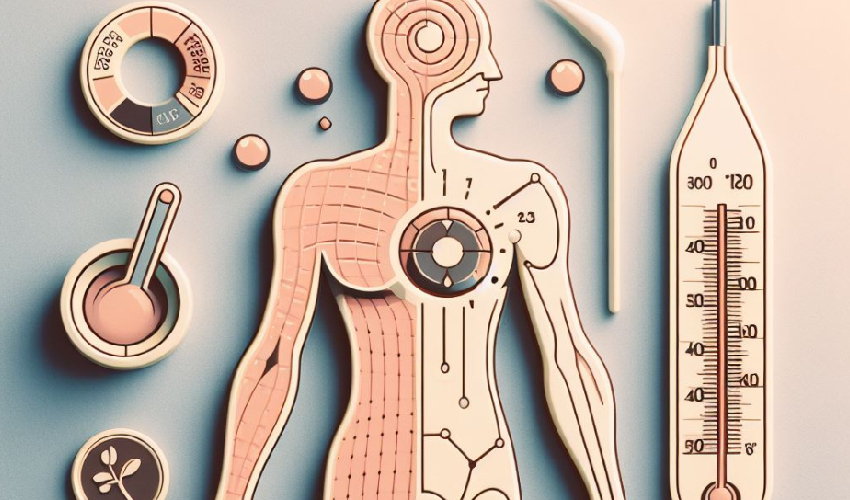A recent study conducted by Stanford Medicine challenges the common belief that the normal body temperature for everyone is 98.6 degrees Fahrenheit.
The researchers found that body temperature varies from person to person and is influenced by factors such as sex, age, weight, and height.
Additionally, body temperature fluctuates throughout the day.
Historically, the average American body temperature was believed to be 98.6 degrees Fahrenheit, dating back to the 19th century.
However, this figure has decreased by 0.05 degrees Fahrenheit every decade, likely due to improved living conditions reducing inflammation.
Nowadays, most people have an average body temperature closer to 97.9 degrees Fahrenheit.
The origin of the 98.6-degree figure can be traced back to a German doctor's data from 1868, where he collected temperatures from around 25,000 people.
He observed variations in temperatures, with men and older adults having lower readings than women and young adults.
Temperatures tended to be higher in the afternoons, but the reported average was 98.6 degrees Fahrenheit.
The study's author, Dr. Julie Parsonnet, is interested in exploring personalized definitions of fever and whether consistently higher or lower normal body temperatures have any impact on life expectancy.
It's important to note that a medical-grade fever is typically considered anything over 100.4 degrees Fahrenheit.
Higher temperatures may indicate high or very high fevers.
Newborns have an average body temperature of about 99.5 degrees Fahrenheit while children typically average around 97.52 degrees Fahrenheit.
If a child under 3 months old has a fever exceeding 100.4 degrees Fahrenheit or if a child of any age has a fever of 104 degrees Fahrenheit or a history of febrile seizures, consulting a paediatrician is advisable.



























